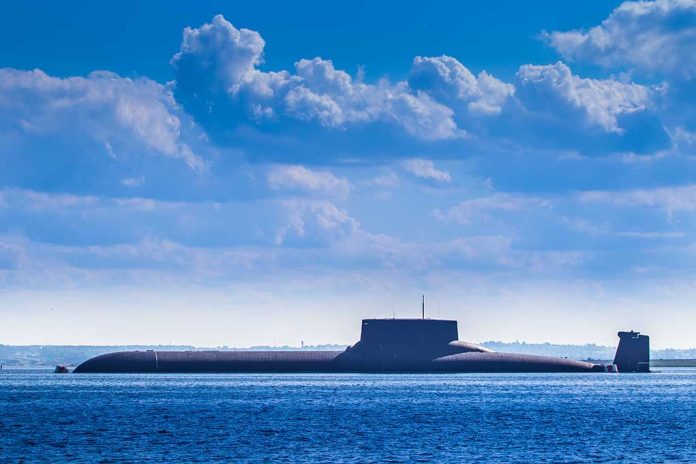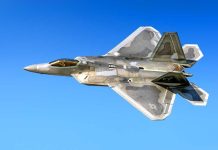
Taiwan is set to invest a staggering $8.88 billion in seven new attack submarines, dramatically enhancing its maritime defense capabilities amid rising tensions with China.
At a Glance
- Taiwan plans to build seven new attack submarines for $8.88 billion
- Submarines will be based on improved Hai Kun (Narwhal) prototype design
- New fleet will feature enhanced combat systems and Harpoon missile capability
- Project spans 15 years with production starting in 2026
- Move aims to deter potential Chinese aggression and bolster regional stability
Taiwan’s Bold Maritime Defense Initiative
In a significant move to bolster its naval capabilities, Taiwan’s Ministry of Defense has unveiled plans to invest 284 billion Taiwanese dollars (approximately $8.75 billion) in the construction of seven new attack submarines. This ambitious project underscores Taiwan’s commitment to strengthening its maritime defenses in the face of growing regional tensions, particularly with China.
The new submarines will be based on an improved design of the Hai Kun (Narwhal) prototype, Taiwan’s first domestically produced submarine. This initiative not only demonstrates Taiwan’s technological advancement but also its determination to achieve greater military self-sufficiency.
The man @elonmusk only let me have 36 views for this post about Taiwan's submarines.
— Keoni Everington (@keverington) August 23, 2024
Enhanced Combat Capabilities
The planned submarines will feature significant upgrades compared to their predecessors. Most notably, they will be equipped with both heavy torpedoes and Harpoon missiles, greatly expanding their offensive capabilities. This is a marked improvement over the current Hai Kun, which can only fire heavy torpedoes.
“The planned submarines will feature an improved design based on the Hai Kun, or Narwhal, prototype, Taiwan’s first domestically produced submarine,” the Taipei Times reported, citing defense ministry sources.
The addition of Harpoon missiles significantly enhances the submarines’ striking power and range. These weapons have already proven their effectiveness in Taiwanese naval exercises, with a navy source noting that they inflicted “devastating damage” on a target ship during a 2014 test.
Project Timeline and Budget
The submarine construction project is set to span 15 years, with production starting in 2026. The submarines will be built in batches of three, two, and two, with an 18-month interval between each batch. This phased approach allows for continuous improvement and adaptation of the design as needed.
While the $8.88 billion price tag has raised some eyebrows due to the higher cost per unit compared to the prototype, officials argue that the enhanced capabilities and strategic importance of the project justify the investment. The budget will be included in the defense ministry’s annual proposals from 2025 to 2039, ensuring sustained funding throughout the project’s duration.
Strategic Implications
Taiwan’s decision to invest heavily in its submarine fleet comes amid rising tensions in the South China Sea and China’s increasingly assertive posture. The new submarines are seen as a crucial deterrent against potential Chinese aggression and a key component in maintaining regional stability.
“The construction of seven more submarines and the approval of the budget demonstrate the Lai government’s determination to safeguard Taiwan,” said Su Tzu-yun, a senior analyst at the Institute for National Defence and Security Research, a government think tank in Taipei.
By enhancing its naval capabilities, Taiwan aims to ensure it remains a key player in the Asia-Pacific geopolitical landscape. This move aligns with broader regional trends of naval modernization, as other countries in the area, including China and Japan, are also expanding and upgrading their maritime forces.
As Taiwan moves forward with this ambitious project, it sends a clear message to the international community about its resolve to defend its sovereignty and contribute to regional security. The success of this submarine program could significantly alter the balance of power in the Taiwan Strait and have far-reaching implications for the security dynamics of the entire Indo-Pacific region.










